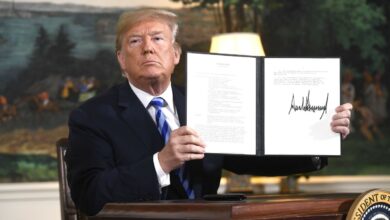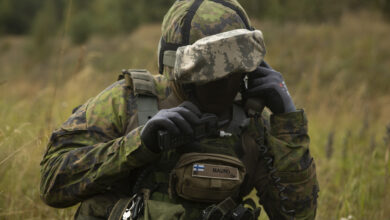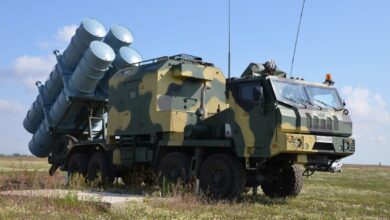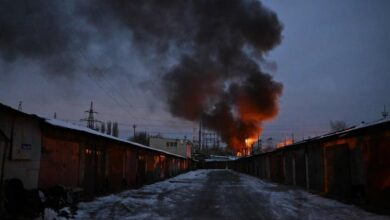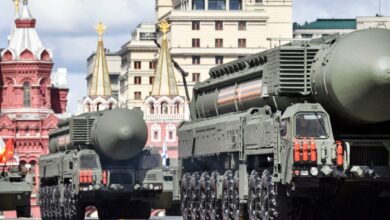Russian Troops to Withdraw From Armenia-Iran Border By 2025
Russian border guards will withdraw from the Armenia-Iran frontier checkpoint next year, according to a recent agreement between Armenian Prime Minister Nikol Pashinyan and Russian President Vladimir Putin.
The deal stipulates that by January 1, 2025, Moscow’s forces will transition control of the Armenia-Iran border checkpoint to Yerevan’s border guards.
Additionally, Yerevan’s troops will join existing Russian service members along the border with Turkey.
Deteriorating Relations
For decades, Russia has deployed troops along Armenia’s borders with Turkey and Iran.
However, this recent agreement indicates Yerevan’s intent to assert greater control over its frontiers and distance itself from Moscow, particularly after its dissatisfaction with the Kremlin, which contributed to Armenia’s loss of the disputed Nagorno-Karabakh region to Azerbaijan.
In 2023, Pashinyan publicly stated that reliance on Russia for security was a strategic mistake.
He noted that Russia is preoccupied with Ukraine, although Moscow previously denied having downgraded its priorities in the South Caucasus due to the war.
In a significant policy shift, Armenia pledged humanitarian assistance to Ukraine last year.
‘Point of No Return’
In February this year, the former Soviet country suspended its participation in the Russian-led Collective Security Treaty Organization (CSTO), citing the bloc’s failure to fulfill its obligations to the landlocked country during critical periods.
“There is an expression: ‘point of no return,’ and if we haven’t crossed it, there is a high probability that we will cross that point,” Pashinyan said in September 2024, referring to its ties with the security bloc.
“In our opinion, the CSTO creates threats to Armenia’s security and Armenia’s future existence, sovereignty, and statehood,” he added.
Furthermore, Armenia has sought arms procurement from other countries, such as India, and has participated in joint exercises with NATO member states, including the US, to diversify its defense arrangements.



